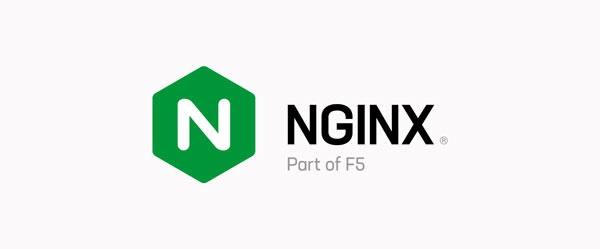NGINX Service Mesh with Alan Murphy
Podcast: Play in new window | Download
Subscribe: RSS


NGINX is a web server that is used as a load balancer, an API gateway, a reverse proxy, and other purposes. Core application servers such as Ruby on Rails are often supported by NGINX, which handles routing the user requests between the different application server instances.
This model of routing and load balancing between different application instances has matured over the last ten years due to an increase in the number of servers, and an increase in the variety of services.
A pattern called “service mesh” has grown in popularity and is used to embed routing infrastructure closer to individual services by giving them a sidecar proxy. The application sidecars are connected to each other, and requests between any two services are routed through a proxy. These different proxies are managed by a central control plane which manages policies of the different proxies.
Alan Murphy works at NGINX, and he joins the show to give a brief history of NGINX and how the product has evolved from a reverse proxy and edge routing tool to a service mesh. Alan has worked in the world of load balancing and routing for more than a decade, having been at F5 Networks for many years before F5 acquired NGINX. We also discussed the business motivations behind the merger of those two companies. Full disclosure: NGINX is a sponsor of Software Engineering Daily.
Sponsorship inquiries: sponsor@softwareengineeringdaily.com
Transcript
Transcript provided by We Edit Podcasts. Software Engineering Daily listeners can go to weeditpodcasts.com/sed to get 20% off the first two months of audio editing and transcription services. Thanks to We Edit Podcasts for partnering with SE Daily. Please click here to view this show’s transcript.


















